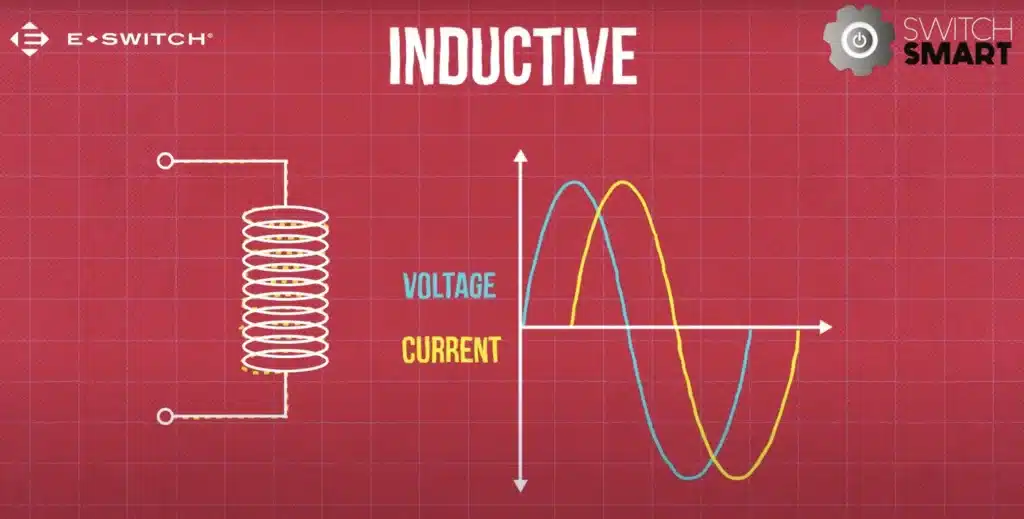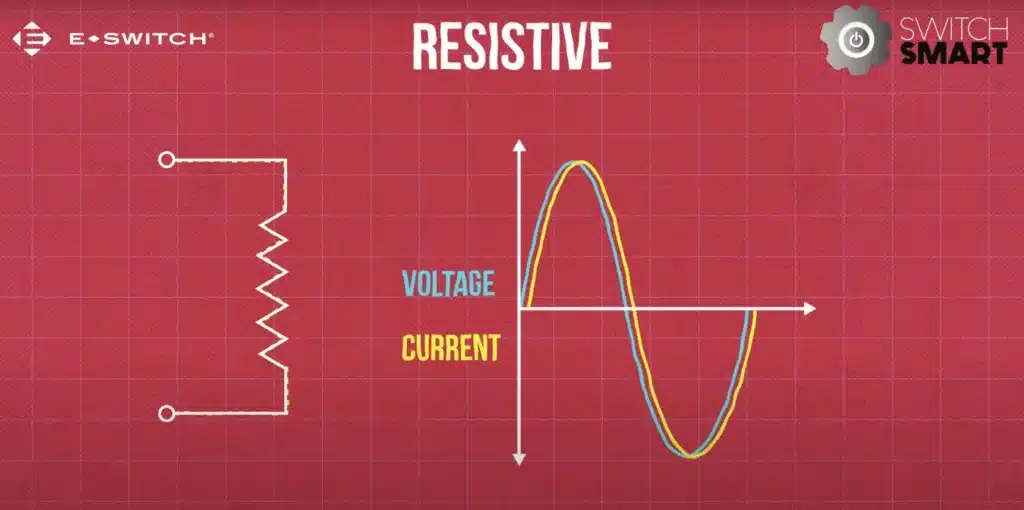What are inductive and resistive loads? Electrical devices work by using electrical circuits, which include a few basic components. You need a power source, such as a battery. You also need a device called a “load” that consumes the electricity, like a lightbulb.
A circuit can include a switch to connect and disconnect the source and load. Different electrical devices service different functions. For example, some produce heat while others produce motions. Different functions require different types of electrical loads.
We’ll now explain two types of loads, inductive and resistive loads.
Inductive and Resistive Loads, Explained
Inductive and resistive loads are two types of electrical loads in electrical circuits. They exhibit different behaviors and characteristics, primarily based on the relationship between voltage and current.
Inductive Loads
Inductive loads are devices with moving parts, such as a fan or washing machine. They function by using a coil or windings of electrical components like solenoids, transformers and electric motors to produce a magnetic field.
When voltage is applied to an inductive load, it resists changes in current flow. This means that when the voltage is first applied or changes, there may be a delay before the current reaches its steady-state value. This is due to the inductance and results in a phase shift between voltage and current.
So in an inductive load, the current lags behind the voltage. This lag is often represented using the concept of power factor. When an inductive load is switched off, it creates a voltage spike. This is because the coil stores energy which needs to be discharged.

Common examples of inductive loads include electric motors, transformers and inductors used in various electronic devices.
The phase difference introduced by inductive loads can complicate the analysis of power in an AC circuit, as it can affect the apparent power, real power and reactive power. Power factor correction is often employed to mitigate the effects of inductive loads and improve the efficiency of electrical systems.
Resistive Loads
Resistive loads are devices that produce heat, such as incandescent lightbulbs, space heaters and many common household appliances. A resistive load is characterized by its resistance to the flow of electrical current. Resistance is measured in ohms (Ω).
These loads don’t use a magnetic field. Unlike inductive loads, the current in a resistive load peaks at the same time as the voltage (in accordance to Ohm’s law (V = I * R), where V is voltage, I is current and R is resistance).
In addition, the current will reach a steady value without first reaching a higher value. Resistive loads do not introduce a phase difference between voltage and current. The current waveforms are in-phase with the voltage waveforms.
Finally, resistive loads dissipate power when energized. This means they don’t create a voltage spike when they’re switched off.

In summary, resistive loads have a linear relationship between voltage and current, with no phase shift, while inductive loads introduce a phase shift between voltage and current due to their inductance. Understanding the nature of the load is crucial in designing and analyzing electrical circuits and power systems.
